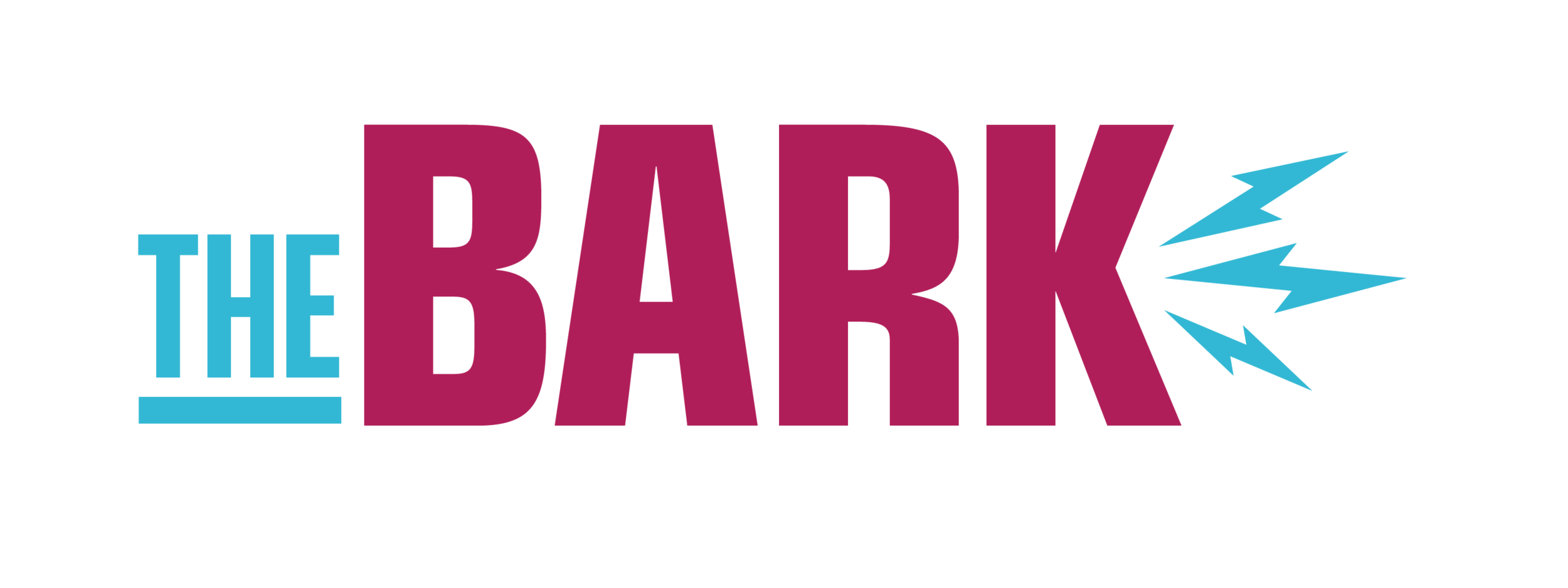Library artist in residence Kathy McTavish and the Thought Machine
This article was originally published in the November print edition of The Bark, distributed at the University of Minnesota Duluth campus.
Students who have studied on the second floor of the Kathryn A. Martin Library may have noticed the “Thought Machine,” an art installation of the library’s artist in residence Kathy McTavish. An interdisciplinary artist, her work combines the senses through visual arts, writing, music and coding. Her latest work, “Thought Machine” compares the library, its workers and UMD students with artificial intelligence, its functionality and its behaviors. Naturally, McTavish’s eclectic approach to her exploration of AI is best explained in her own words.
“As a media composer and installation artist, I create chance-infused, open systems. I use hand-coded generative methods to create a multi-channel kaleidoscope of sound, animation and physical artifacts… a cross-sensory, polyphonic landscape that flows from the digital cloud into the physical world.” - Kathy McTavish, “artist statement”
McTavish started her residency by observing the library throughout the summer of 2024. The installation features four monitors displaying animations of McTavish’s code displayed above a messy counter of prints depicting various snapshots from the monitors. McTavish's poetry and a few volumes of “Table of Natural Logarithms” are sprawled out for good measure.
Her writings are in a font that elicit mental images of 1980s technology, but “Thought Machine” was created as a response to McTavish’s curiosity and concerns about contemporary problems around artificial intelligence, namely the wide-reaching, hidden collection of information and the resource consumption of AI servers.
“For this project, I was really interested in the glut of information we’re swimming through at the moment and also the rise of large language model AI,” McTavish said. “I feel very resistant to those, A. for the amount of resources they’re using and B. the poor modeling that’s happening and the opaque variables that are working behind the scenes for things like ChatGPT.”
McTavish is an interdisciplinary, cross-sensory artist. She is a gifted cello player, and was accepted into a New York music conservatory in high school but did not attend due to burnout. She is proficient in multiple coding languages, American Sign Language and worked as a roofer and an electrician. But, as McTavish would be the first to admit, not every one of her pursuits has come easily to her.
“I’ve never really been a prodigy type person,” McTavish said. “I’m just someone who’s really persistent and I’m slow, but it's because I want to know what those first principle building blocks are. I just grapple with them, keep at it — I’m stubborn.”
The visuals of “Thought Machine” have a selective palette of yellow, red, blue, white and black — McTavish calls it the “industry palette,” a remnant from her time in the trades. Yellow for STANLEY and DEWALT tools, red for Milwaukee and blue for Makita. One can only imagine lime green was omitted because Ryobi is a joke.
According to UMD Social Sciences Librarian Mags David, who’s known and corresponded with McTavish since the 1980s, an unintended effect of McTavish’s residency is that it's helping David better contextualize her role as a librarian.
“We invited the artist in to look at us and we, in turn, are working with her to see ourselves and to think about how all of this works,” David said.
“Librarians are very under-understood, we’re most often seen as a sort of service, secretaries of information,” David continued. “People don’t know what we do and how we think about what we’re doing.”
McTavish’s eclectic approach to her exploration of artificial intelligence may confuse a few onlookers, and she expects that response. The multi-layered installation deals with how we as humans think about the world and how we engage with machines. It's about AI and how it functions differently from us. Multiple viewings may be necessary to grapple with the large concepts McTavish is dealing with.
Students have plenty of time to explore MacTavish’s work, which will be on display and updated until the spring of 2025. An artist reception hosted by David and librarian Ian Moore will take place next semester, where students will be able to have their questions about McTavish’s work answered.



